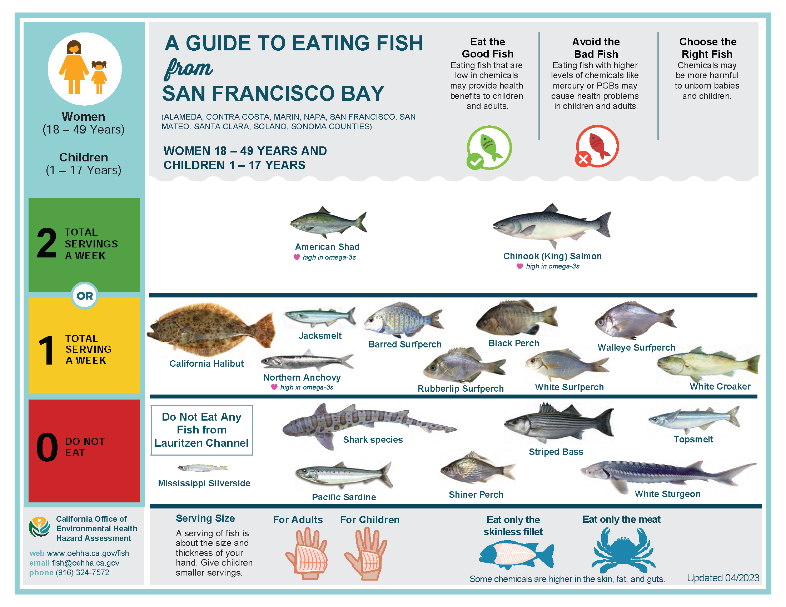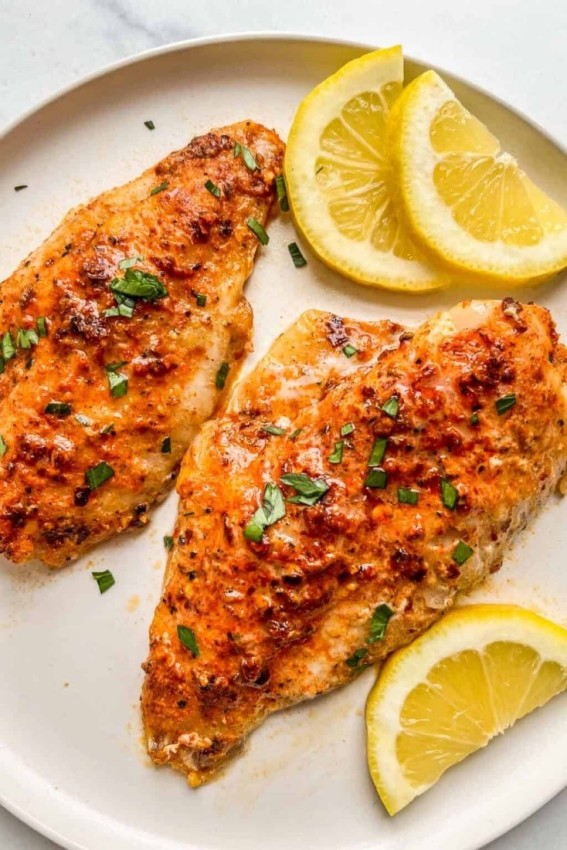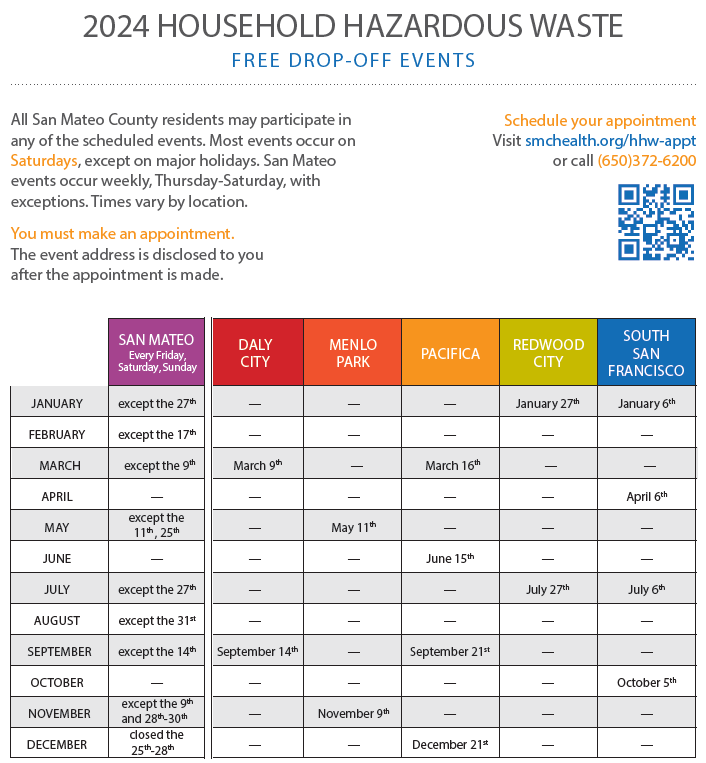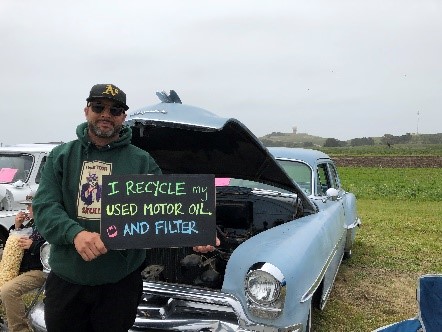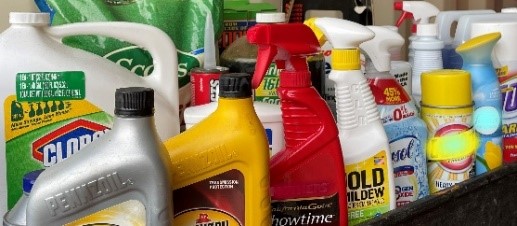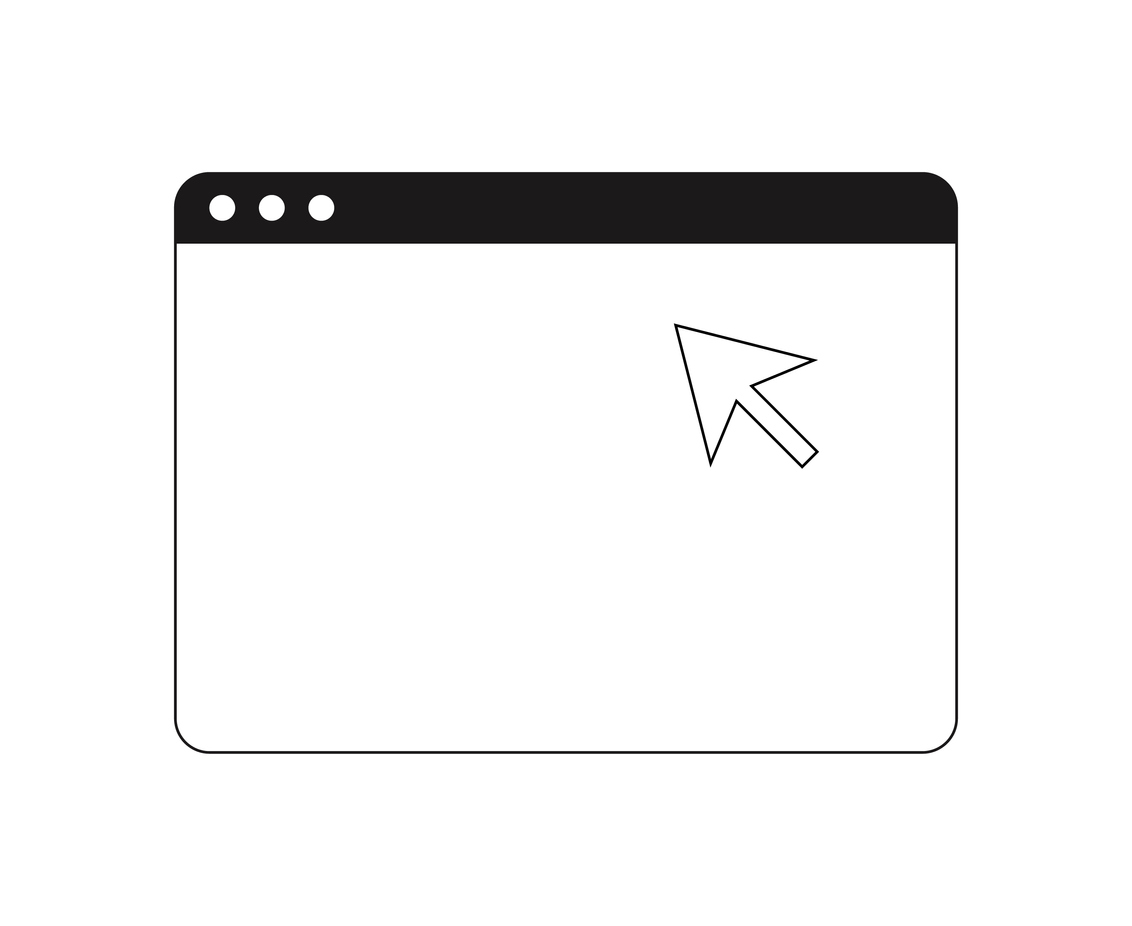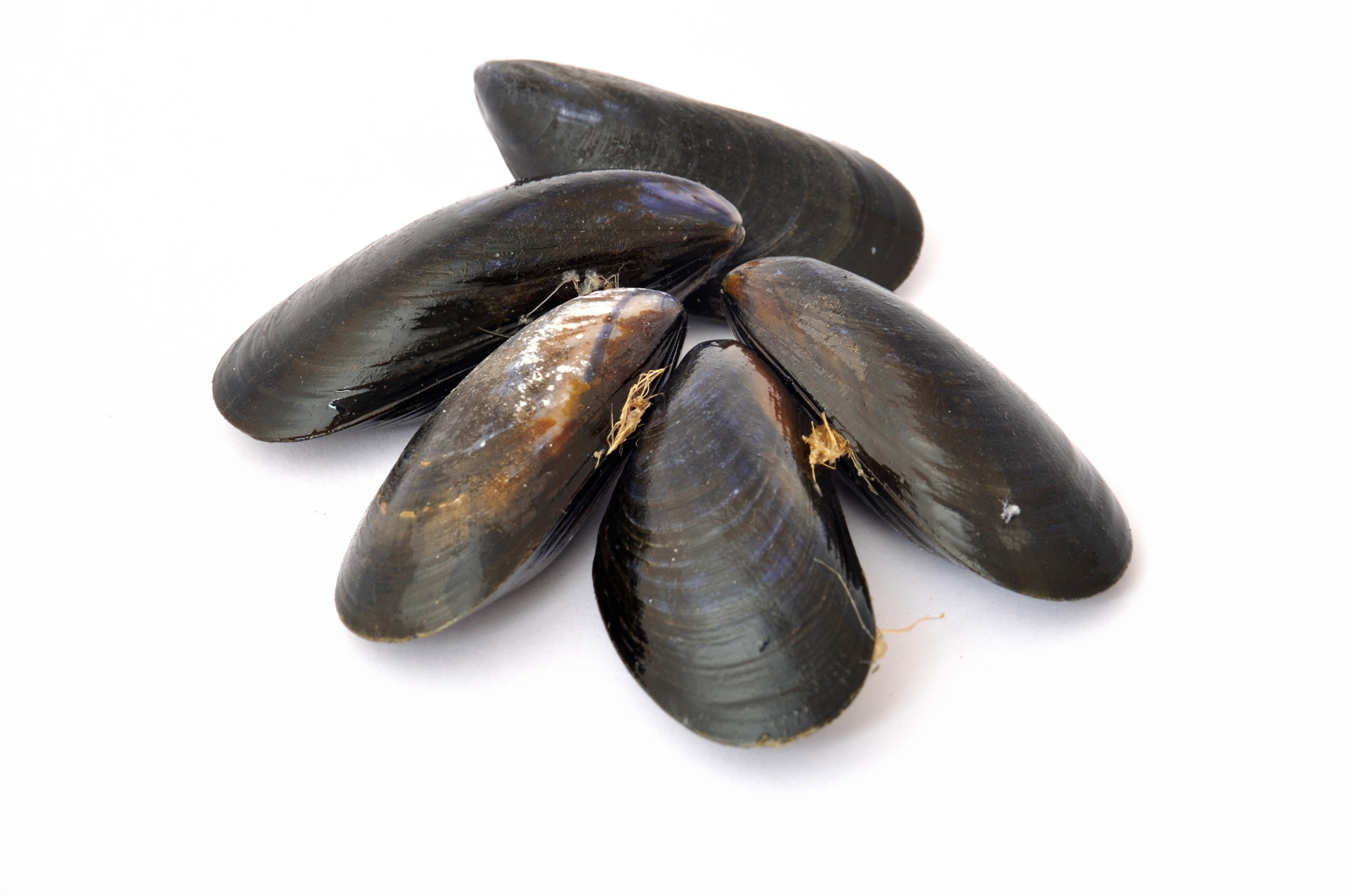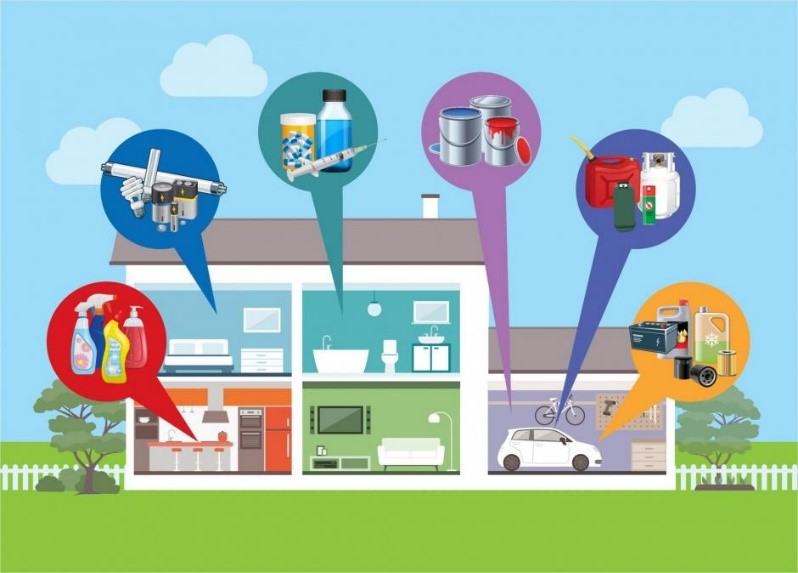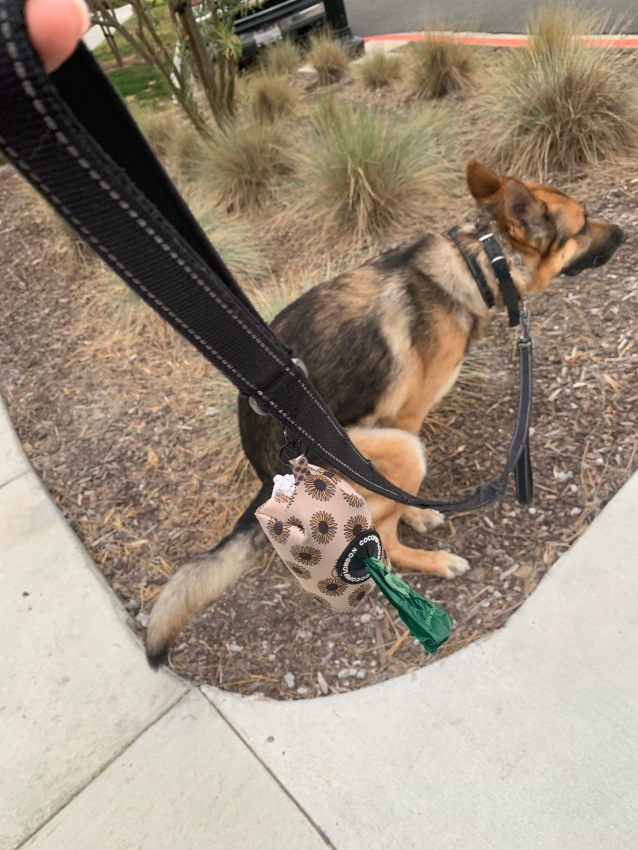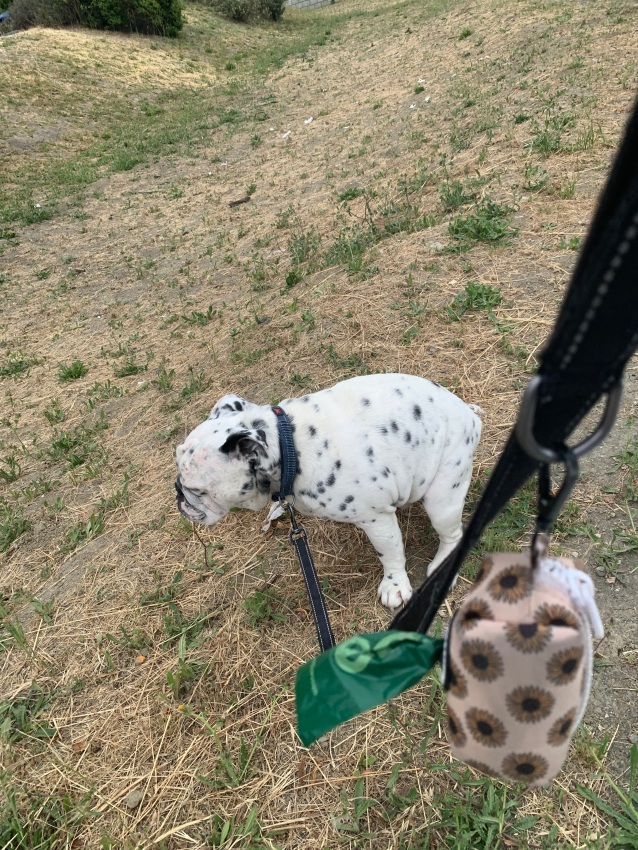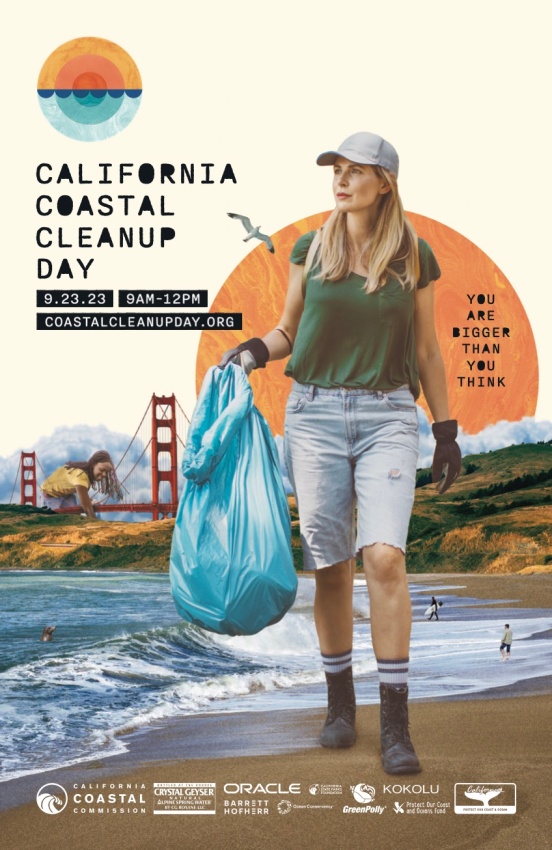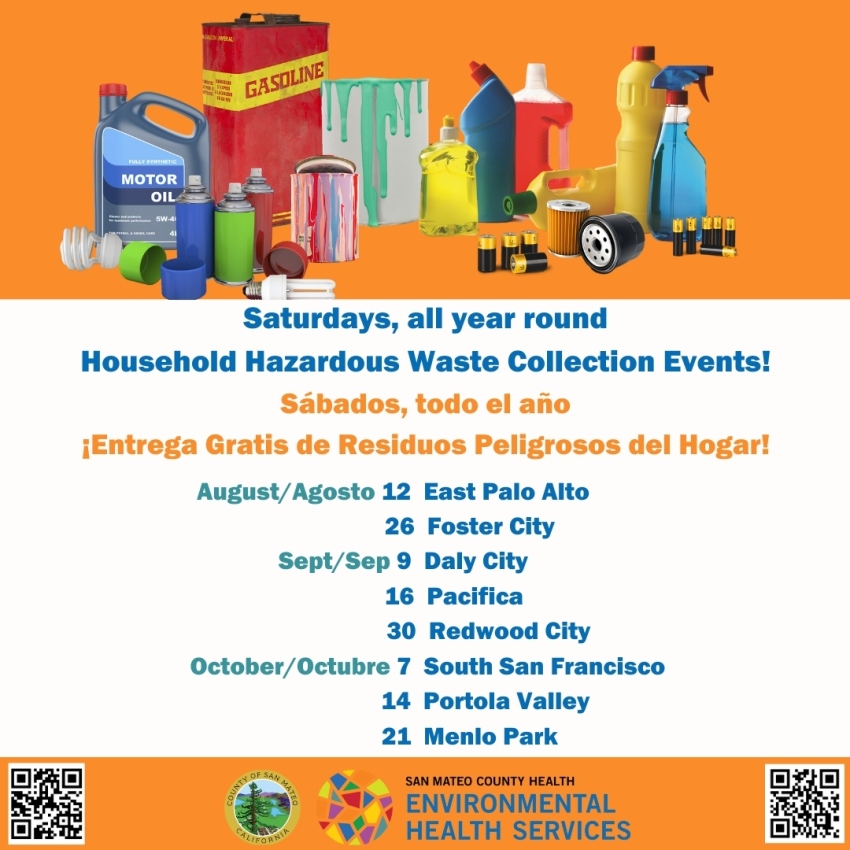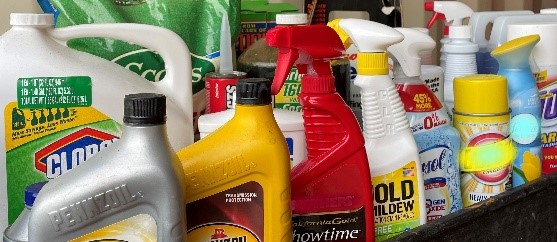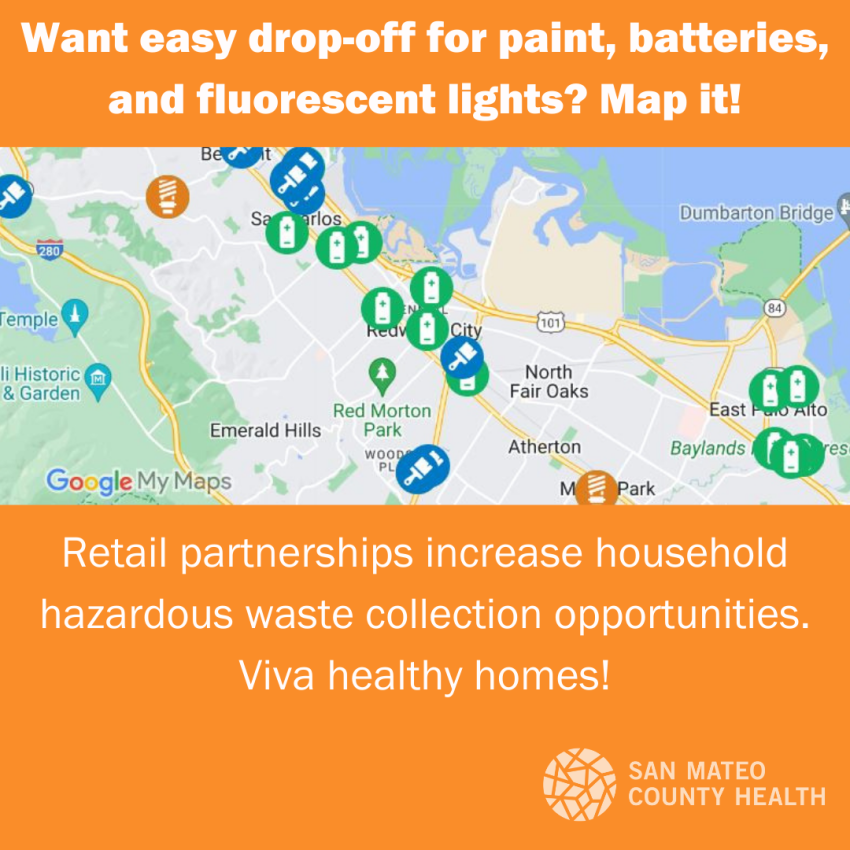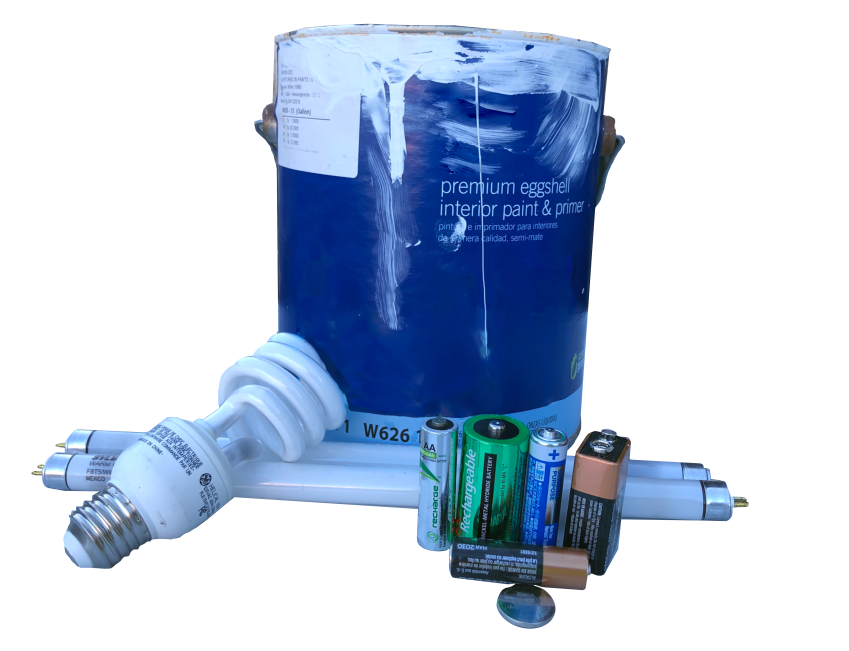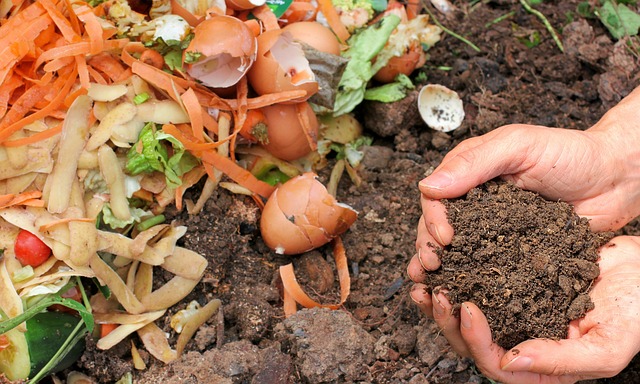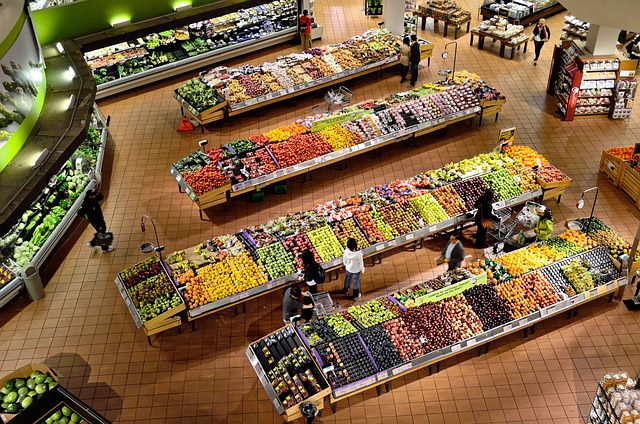Excessive winter rains produce excess moisture. Moisture can cause mold to grow when mold spores are present. Mold spores occur naturally in the outdoors and easily enter a home – we cannot eliminate them. Mold spores need one thing only for mold to grow: moisture! Once mold spores make contact with a damp surface, mold grows easily.
If you observe mold, or even detect moldy or musty odors, address the source of the moisture first. A few ideas:
- Keep the surfaces in your home dry
- Increase ventilation: always use fans and open windows while cooking and bathing
- Check for leaks under the sink
- Report all leaks to the property owner if you rent your home
💡Helpful hint: It’s not necessary to remove mold with chlorine bleach. Try hot, soapy water and be prepared to DRY THE AREA THOROUGHLY. If you do not dry the affected area, the mold will most likely grow back if the surface is still wet and there is moisture in the air.
Rooms and closets need to breathe too! A few more considerations:
- Leave at least 6 inches between furniture and the wall.
- Look behind and under cardboard boxes, which attract moisture and pose conditions for mold growth, mainly due to lack of ventilation and the organic material they are made from.
- Boxes that are stacked, pushed up against a wall, or stored in a closet inhibit air circulation.
- Replace cardboard boxes with plastic containers.
- Any item that makes contact with the wall or floor could trap moisture, potentially causing mold.
- If you observe mold on the ceiling, address potential leak, gutter, or downspout issues; rainwater must drain away from the building.
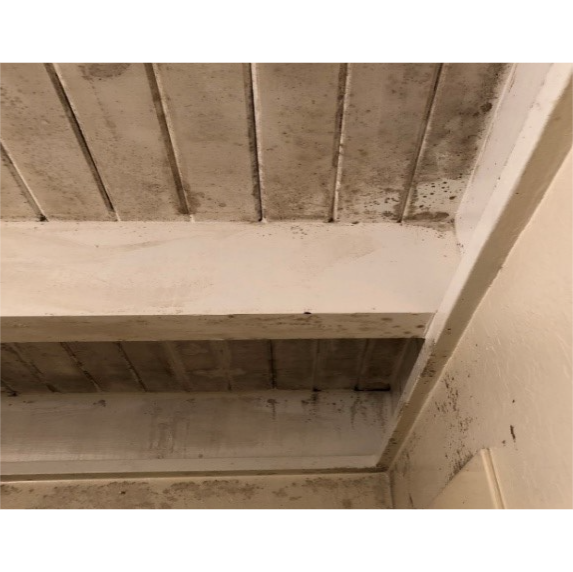
Bathrooms require ventilation. If your bathroom walls stay damp, dry them regularly.
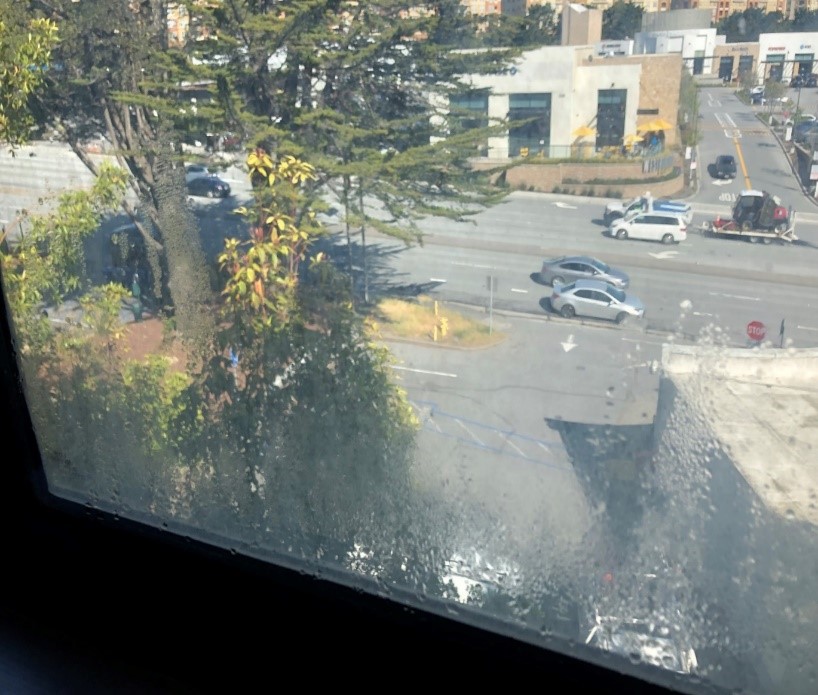
When you see moisture on a surface like a window, dry it!
Check our healthy homes resources, as well as California Department of Public Health’s highly informative mold reduction and prevention resources.

